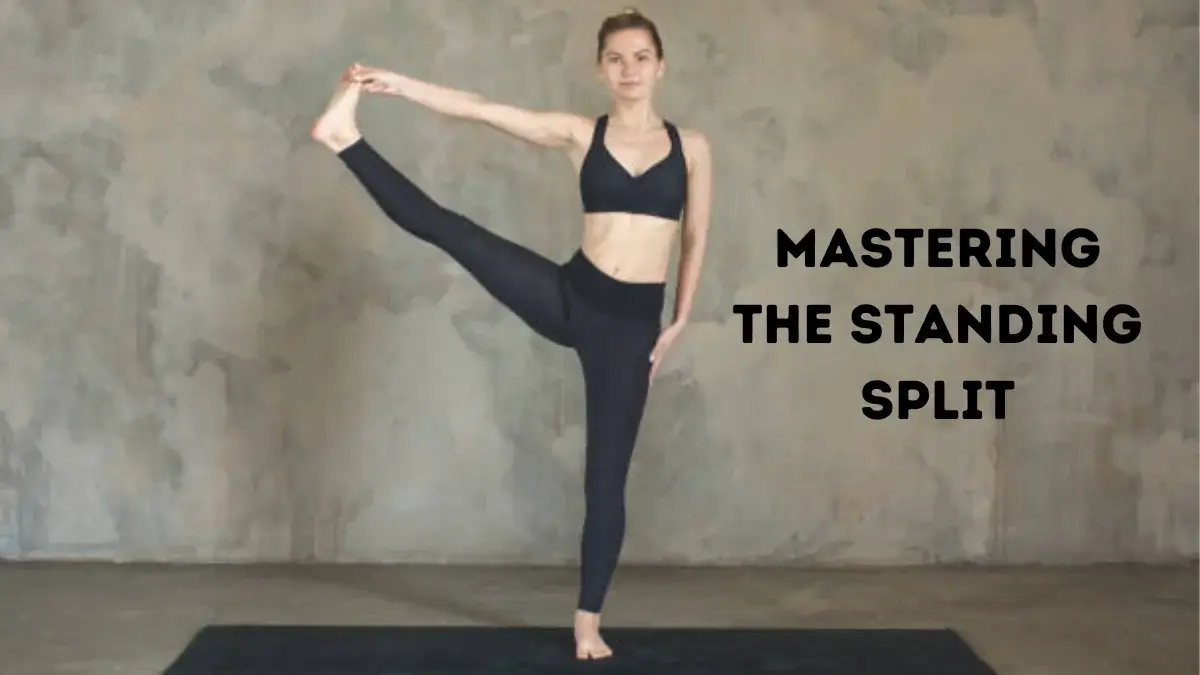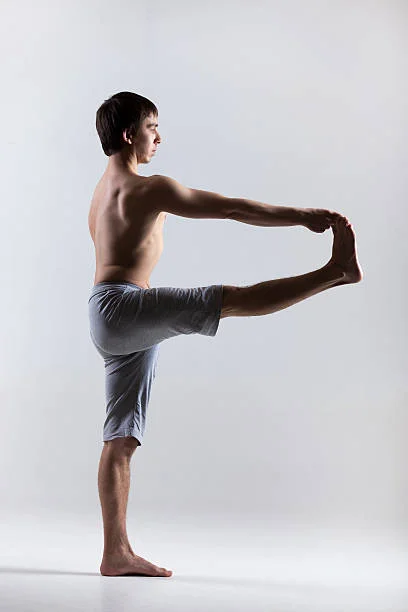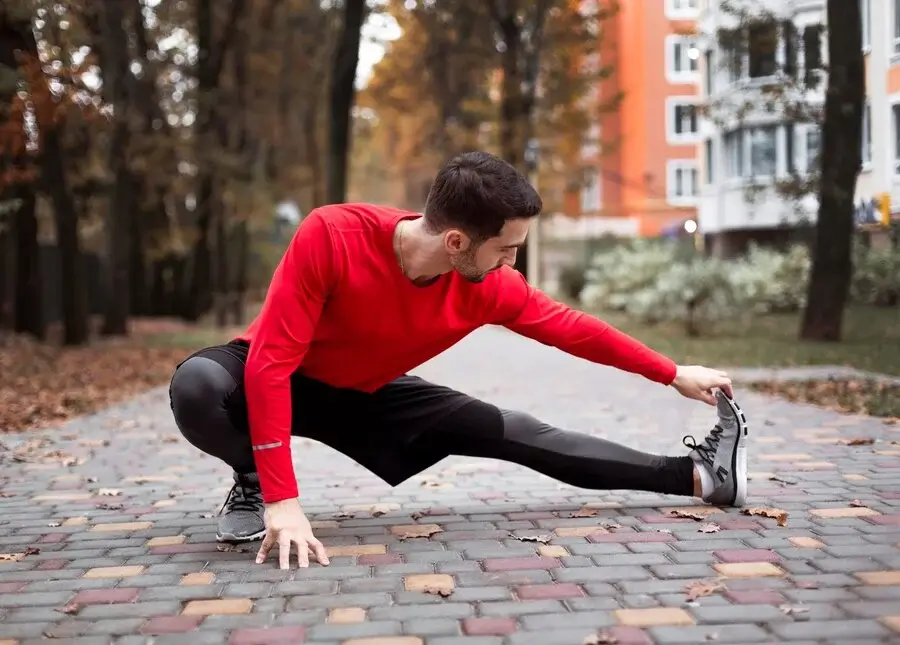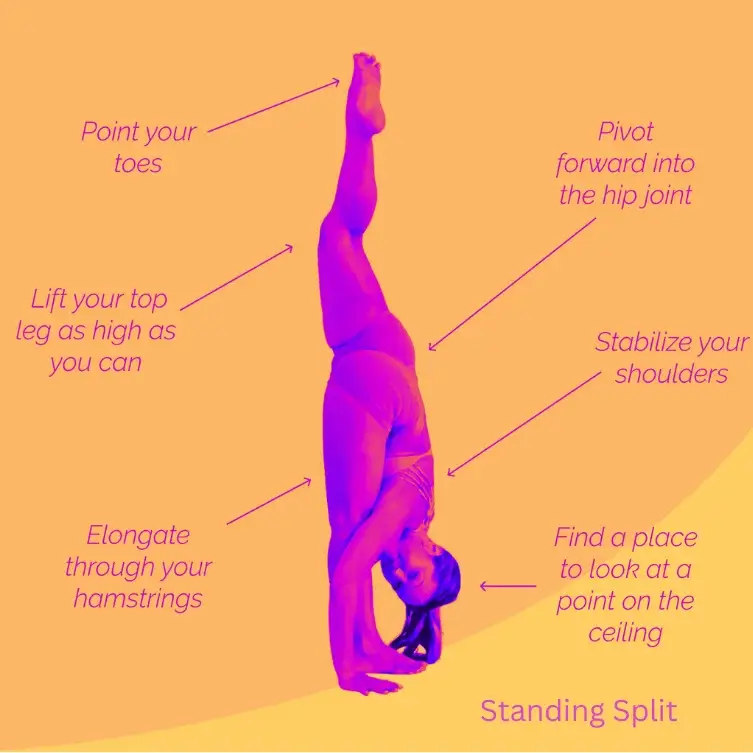YOGA
Mastering the Standing Split: A Step-by-Step Guide

Have you ever dreamed of effortlessly balancing on one leg while reaching the other towards the sky in a beautiful standing split? Well, we have good news for you – mastering this challenging yoga pose is within your reach! Get ready to elevate your practice and wow everyone with your grace and strength!
Table of Contents


What is Standing Split?
The standing split, or Utthita Hasta Padangusthasana, is a standing forward bend in which the practitioner reaches for their ankle or toes without bending the legs. This pose calls for a powerful stretch in the hamstrings, calves, and spine, as well as the use of core strength and leg muscles to keep oneself balanced.
Benefits of Standing Split
Regular practice of the standing split can bring numerous benefits to the body and mind, including:
- Increased flexibility in the hamstrings, calves, and spine
- Improved balance and coordination
- Strengthened core and leg muscles
- Enhanced posture and alignment
- Reduced stress and improved focus
- Improved overall physical fitness and athleticism
Step-by-Step Guide to Mastering the Standing Split
One needs to have patience, persistence, and dedication to reach the standing split perfectly. Below are the steps toward a successful standing split.
Warm-up and Stretching
Light aerobics and stretching should come before any standing split. Stretching the spine, hamstrings, calves, hip flexors, and quadriceps all at once is a good idea. Before you do the deep stretch, you may get your muscles ready by doing a mix of static and dynamic stretches.


Getting into the Pose
Standing splits, start from a standing position with feet apart and hands on the hips, inhale, and then with exhalation, contract down from the hips on both legs, folding forward toward the ankles or toes. Keep your legs straight, and engage your core and leg muscles to maintain balance and stability.
Finding Your Balance
Once you reach for your ankles or toes, wait at least for some seconds for you to be well-balanced and stabilized before proceeding to bring your upper body down. Draw your navel towards your spine and equally distribute your weight into both feet. Keep your shoulders relaxed and your arms extended, with your hands reaching for your ankles or toes.
Engaging the Muscles
Be active in the standing split by contracting the quadriceps and hamstrings. Keep the core engaged and the weight of the body on both legs. Several times, practice taking a deep breath while focusing on the breath to give balance in the pose.
Holding and Breathing in the Pose
Hold 3-5 breaths in the standing split, at the same time making sure that you breathe deeply, hold on to your breath, and maintain the posture. Engage muscles; do not let the body go limp or collapse.
Safely Coming Out of the Pose
Slowly take the hands and lose their grip from the ankle/toes. Take in a breath, lengthening the spine, and slowly begin to rise onto the feet with the legs straight. Take a few deep breaths, and slowly lower your arms to your sides.
How to Achieve Your Standing Split?
Achieving the standing split requires patience, persistence, and dedication. Here are some tips to help you achieve the pose:


- Practice regularly, focusing on stretching and strengthening the hamstrings, calves, and spine.
- Use props and modifications to support your body and help you achieve the pose.
- Engage your core muscles and press your weight evenly into both feet.
- Keep your shoulders relaxed and your arms extended, with your hands reaching for your ankles or toes.
Mistakes to Avoid
- Forcing the pose beyond your limits, leading to strain or injury.
- Letting your body sag or collapse, rather than engaging your muscles and maintaining the pose.
- Failing to warm up and stretch before attempting the pose.
- Not using props or modifications when needed.
Modifications and Variations
Standing split is a very advanced and challenging posture, which many people may not even see as beyond their reach since it requires high flexibility and mobility. The good news is that this asana can be modified and varied so that it is accessible to many. The following are some of the modifications or variations that can be considered:
- Using blocks or straps to support the hands or feet
- Bending the front knee or using a lunge variation
- Using a wall or chair for support
- Practicing a seated or reclined version of the pose
- Modifying the pose to suit individual needs and abilities
Conclusion
The standing split requires patience, persistence, and dedication. Novices may use the step-by-step guide given below to work up to the pose, while advanced practitioners may use the explanation to refine their practice with modifications and variations. Remember to put paramount importance on safety. Do listen to your body and respect the limitations. With dedicated and consistent practice, one may be the master and enjoy all the pleasures that come with it.
-



 GENERAL3 weeks ago
GENERAL3 weeks agoUncovering the World of кинокрадко: The Dark Side of Film Piracy
-



 GENERAL2 weeks ago
GENERAL2 weeks agoUnveiling the Art of преводсч: How Translators Bridge Language Barriers
-





 GENERAL3 weeks ago
GENERAL3 weeks agoThe Journey of iamnobody89757: From Anonymous User to Internet Sensation
-



 YOGA4 months ago
YOGA4 months ago4 Person Yoga Poses for Beginners



















